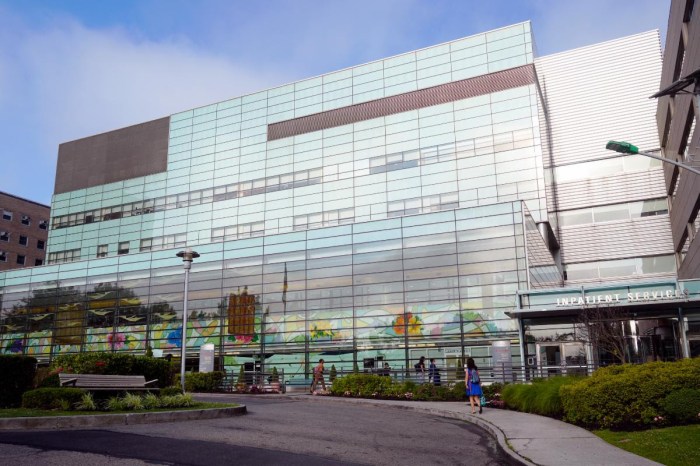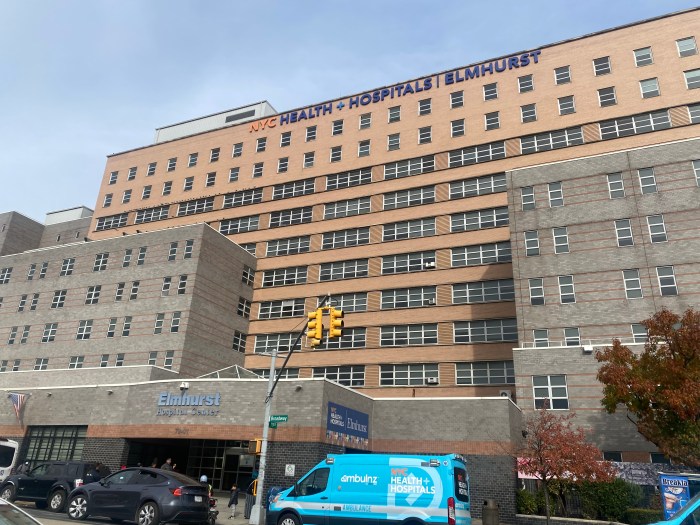The heart is one intriguing organ. Its function is purely mechanical to maintain adequate circulation. It has two sides: the left side pumps oxygenated blood to the body and the right side pumps blood that is received from the body to the lung to be oxygenated.
Each side has two chambers. The top chambers are called atria, and the bottom chambers are called ventricles. The right atrium receives blood from the body and transfers it to the right ventricle, which pumps the blood to the lung. The left atrium receives blood from the lung and transfers it to the left ventricle, which then pumps the blood to the body.
The heart, like any machine, needs energy for its mechanical operation. This energy is provided by electrical pulse of energy, which is generated at cellular level with a systematic scheme located in the right atrium, called the sinus node. The electrical conduction then travels down a systematic pathway throughout the heart in order to facilitate the heart to contract, squeeze and pump the blood to its destination. This is simply the heartbeat.
But in many instances, the sinus node or the “head” electrical generator of the heart may become sick and nonfunctional. In other words it may sleep. The heart has backup generators in all its tissue in case of this event to keep a regular heartbeat. However, many times when the sinus node is quiescent, in the surrounding atria tissue “little” wavelets of electrical activities may emerge to send down pulses to the lower chambers. These electrical activities are chaotic, unorganized and very fast. This is called Atrial Fibrillation, or A-Fib for short.
The atria then lose its contractile state and fibrillates. The lower chambers usually respond according to the signals sent down from the top chambers. In A-Fib, since the rhythm is fast and unorganized fashion, the heartbeat becomes fast and irregular.
The etiology of A-Fib falls into many categories. However, they all have one common ground where the heart is in stress. Any type of illness can stress the heart enough to manifest its rhythm in A-Fib depending on the innate threshold of the heart. The more damage or disease the heart is in its structure, there is more chance or lower threshold for the rhythm to manifest in A-Fib. Structural heart diseases include heart failure, coronary artery disease, dilatation of cardiac chambers and valvular disease. Aging and development of fibrous tissue in the atria is also responsible for high incidence of A-Fib in elderly people. Thyroid disorders when it is hyperactive are known to cause A-Fib. Lung disease such as Chronic Obstructive Pulmonary Disease (COPD) also may be the underlying culprit.
Binge alcohol consumption can also cause A-Fib, which is usually temporary once the effect of alcohol is diminished on the heart. This has also been known as “Holiday Heart.”
It is also very common to see patients post-surgery to have A-Fib. Usually this occurs with the elderly or patients with structural heart disease. Since many factors are responsible for Atrial Fibrillation, this arrhythmia is the most common abnormal rhythm. It is not lethal but has major potential consequences.
I urge you to look for my next monthly article, which will discuss symptoms, diagnosis, and treatment options for A-Fib.
Dr. Omid Kohani is a clinical cardiologist with advanced training in diagnostic cardiovascular imaging in Fresh Meadows. He has active affiliation with Long Island Jewish Hospital, North Shore University Hospital of Manhasset, and Beth Israel Medical Center in Manhattan. He is located at 75-68 187th Street, Fresh Meadows, 718-454-2500.



































